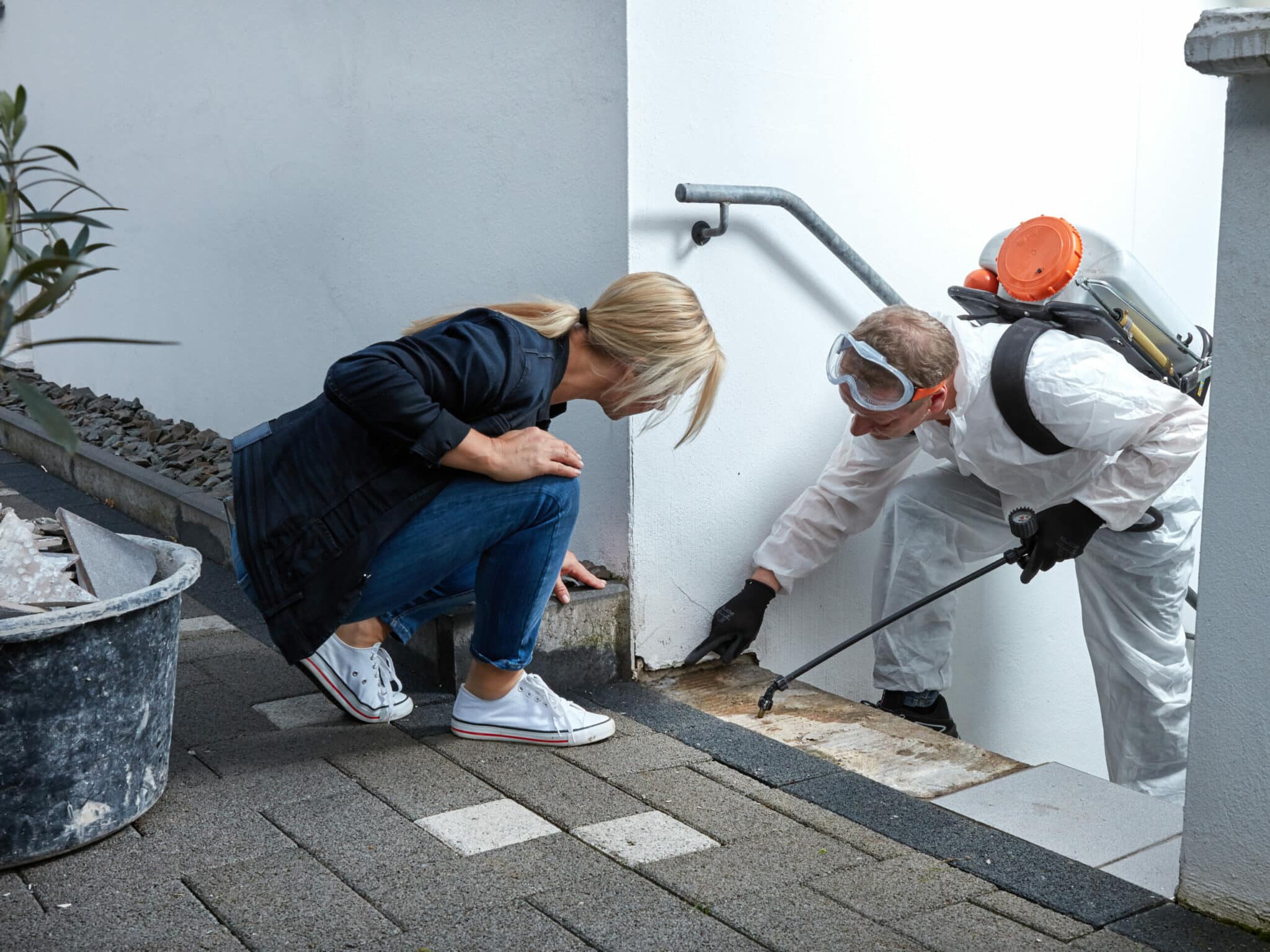Mold remediation demands more than just basic techniques when facing stubborn infestations or intricate environments. Advanced mold remediation techniques offer effective solutions for complex scenarios, ensuring thorough eradication and prevention of flood damage restoration recurrence. In this guide, we’ll delve into advanced strategies that go beyond the basics, equipping you with the expertise to tackle challenging mold issues head-on.
- Advanced Inspection Technologies: Standard visual inspections may not suffice for comprehensive mold assessment. Advanced technologies like infrared thermography and moisture meters provide deeper insights into hidden mold growth. These tools help identify moisture sources and concealed mold behind walls or ceilings, guiding targeted remediation efforts.
- HEPA Filtration Systems: Airborne mold spores pose a continuous threat during remediation. High-Efficiency Particulate Air (HEPA) filtration systems effectively capture microscopic mold particles, minimizing cross-contamination and safeguarding indoor air quality. Integrating HEPA filtration ensures thorough removal of airborne spores, vital for preventing recontamination.
- Encapsulation Techniques: Encapsulation offers a solution for surfaces resistant to traditional cleaning methods. Specialized sealants or coatings encapsulate mold-infested surfaces, preventing spore release and inhibiting further growth. This technique proves invaluable for porous materials like wood or concrete, ensuring comprehensive mold control.
- Ozone Treatment: Ozone treatment presents an advanced remediation method for intense mold challenges. Ozone gas effectively oxidizes mold spores and neutralizes odor-causing compounds, eliminating mold at its source. Professional application of ozone treatment in controlled environments ensures safe and efficient mold eradication.
- Biological Solutions: Environmentally friendly biological solutions harness natural processes to combat mold. Enzyme-based cleaners and microbial treatments break down mold and organic matter, effectively eradicating mold colonies. These solutions offer sustainable alternatives to chemical agents, promoting eco-conscious remediation practices.
- Dry Ice Blasting: Dry ice blasting provides a non-abrasive cleaning method for delicate surfaces. Compressed air and dry ice pellets remove mold and contaminants without causing damage, making it suitable for intricate environments. This technique is ideal for surfaces like wood, metal, or masonry, ensuring thorough mold removal without secondary waste.
- Post-Remediation Verification (PRV): Verification is crucial to confirm the success of remediation efforts. Post-remediation verification involves comprehensive inspections and testing to ensure mold levels meet acceptable standards. Air quality testing, surface sampling, and visual assessments validate remediation effectiveness, providing assurance of a mold-free environment.
In conclusion, advanced mold remediation techniques offer comprehensive solutions for challenging mold infestations. By employing advanced inspection technologies, HEPA filtration, encapsulation, ozone treatment, biological solutions, dry ice blasting, and post-remediation verification, homeowners can effectively combat even the most stubborn mold issues. Prioritizing safety, expertise, and thoroughness ensures successful mold eradication and long-term prevention, safeguarding indoor environments against future mold threats.


